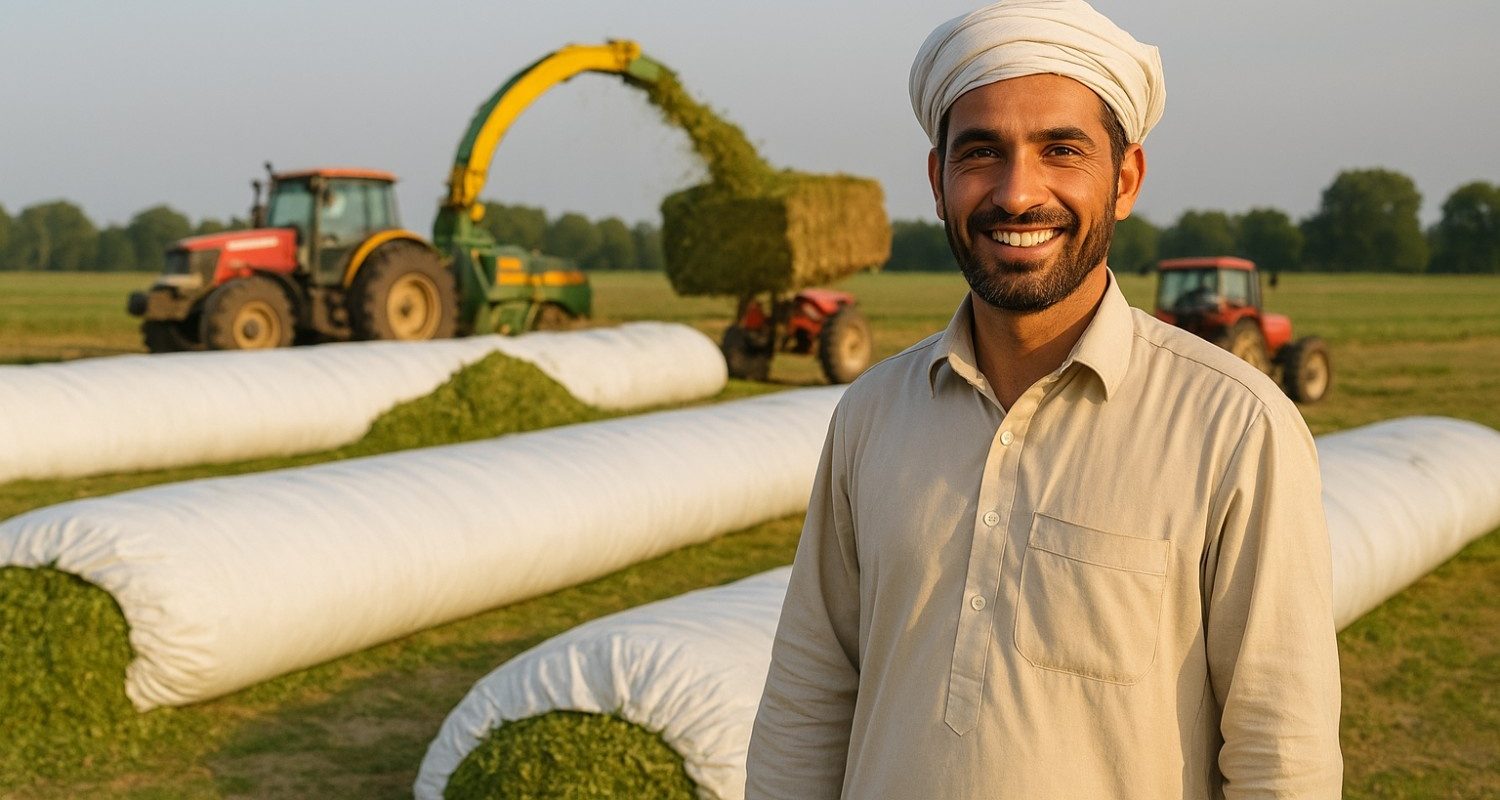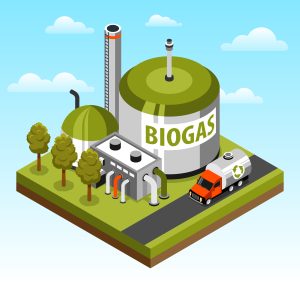Silage is fermented, high-moisture forage (maize, grass, sorghum or mixed residues) compacted and sealed to preserve nutrients for animal feed it is abundantly available in Pakistan.
Crops are cut at peak nutrition, chopped, compacted, and sealed in bags, wrapped bales, or bunkers so they ferment anaerobically and remain stable for months.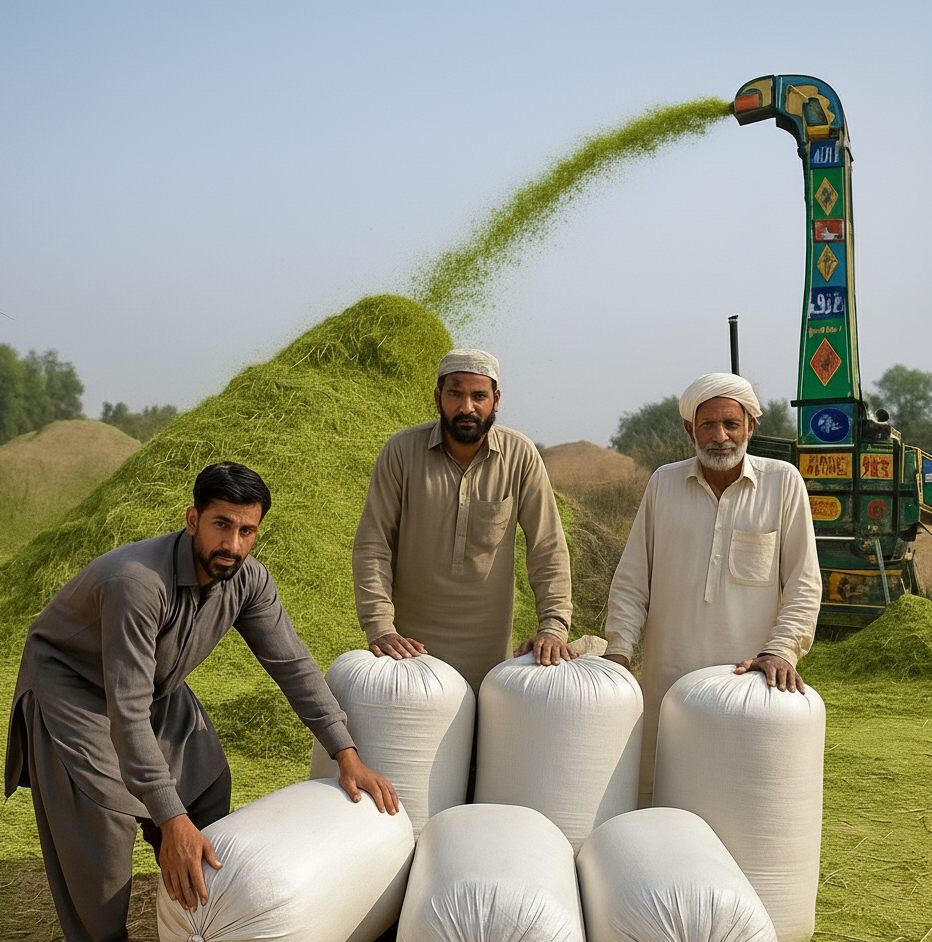
Common feedstocks include maize (corn), sorghum, grasses, and sometimes crop residues like corn cobs and citrus pulp mixed with green forage.
Properly sealed silage can keep 6–12 months or longer; opened bags should be used within a few days to avoid spoilage.
Yes — silage contains more digestible energy and some protein, so cows fed silage typically produce more milk than those on straw-based rations.
Often no — good quality silage can meet much of a cow’s energy needs and reduce or remove the need for extra cake, unlike wheat straw which usually requires protein supplementation.
Amounts vary by cow size and milk targets; small dairy farms often feed 8–12 kg DM (dry matter) of silage per cow per day as part of a balanced ration.
Yes — silage is suitable for dairy cows, beef cattle, buffalo, sheep and goats when mixed into appropriate rations for each species.
Bagged (wrapped) silage is made in small sealed units (40–80 kg) that are portable and easy to portion. Bunker silage is stored in large pits and needs heavy equipment and disciplined face management.
40–60 kg bags are easiest for manual handling; 80 kg works if you have forklift handling.
Store on pallets or a dry base, keep them covered/shaded to avoid UV damage, inspect for punctures, and stack safely to avoid collapse.
Usually yes — because silage has higher energy per kg and lowers the need for expensive cakes, the cost per litre of milk can be lower even if raw price/kg is similar.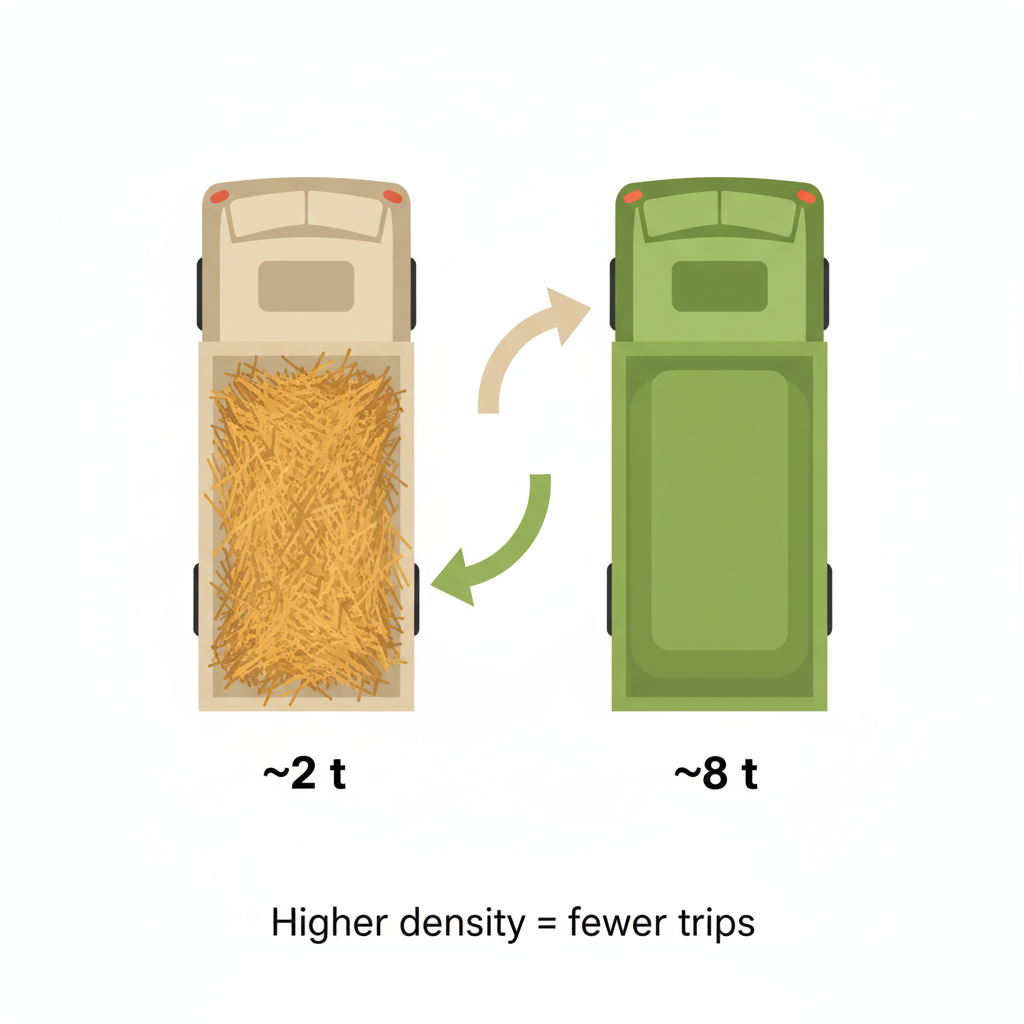
Sum daily feed cost (silage + any concentrates) and divide by litres produced per day. Compare that with straw + cake cost divided by litres produced for a direct comparison.
You need a chopper and a bagger/wrapper (or small-bale wrapper) to produce bagged silage; mobile services are available if you don’t own machines.
Yes — modern portable chopper + wrapper systems are designed so a small crew or a single trained operator can run a mobile silage line.
Target 60–65% moisture for maize/grass silage. Too wet or too dry can lead to poor fermentation or spoilage.
Check moisture (%), smell (pleasant ferment, not rotten), pH (low, typically <4.5), absence of visible mold, and lab test for energy and crude protein if available.
Common errors: ensiling too wet or too dry, poor compaction, punctured plastic, opening large faces in bunkers,not using properly chopped corn and not testing moisture/pH.
Yes — moldy or poorly fermented silage can cause reduced appetite, diarrhea, and in severe cases toxin-related illness. Always reject visibly moldy feed.
Yes — small wrapped bales and palletised bagged silage can be loaded into containers for longer transport and export.
Lead times vary by stock and location; contact Babar Aziz Balers for current availability — many orders can be fulfilled within days if stock and transport are available.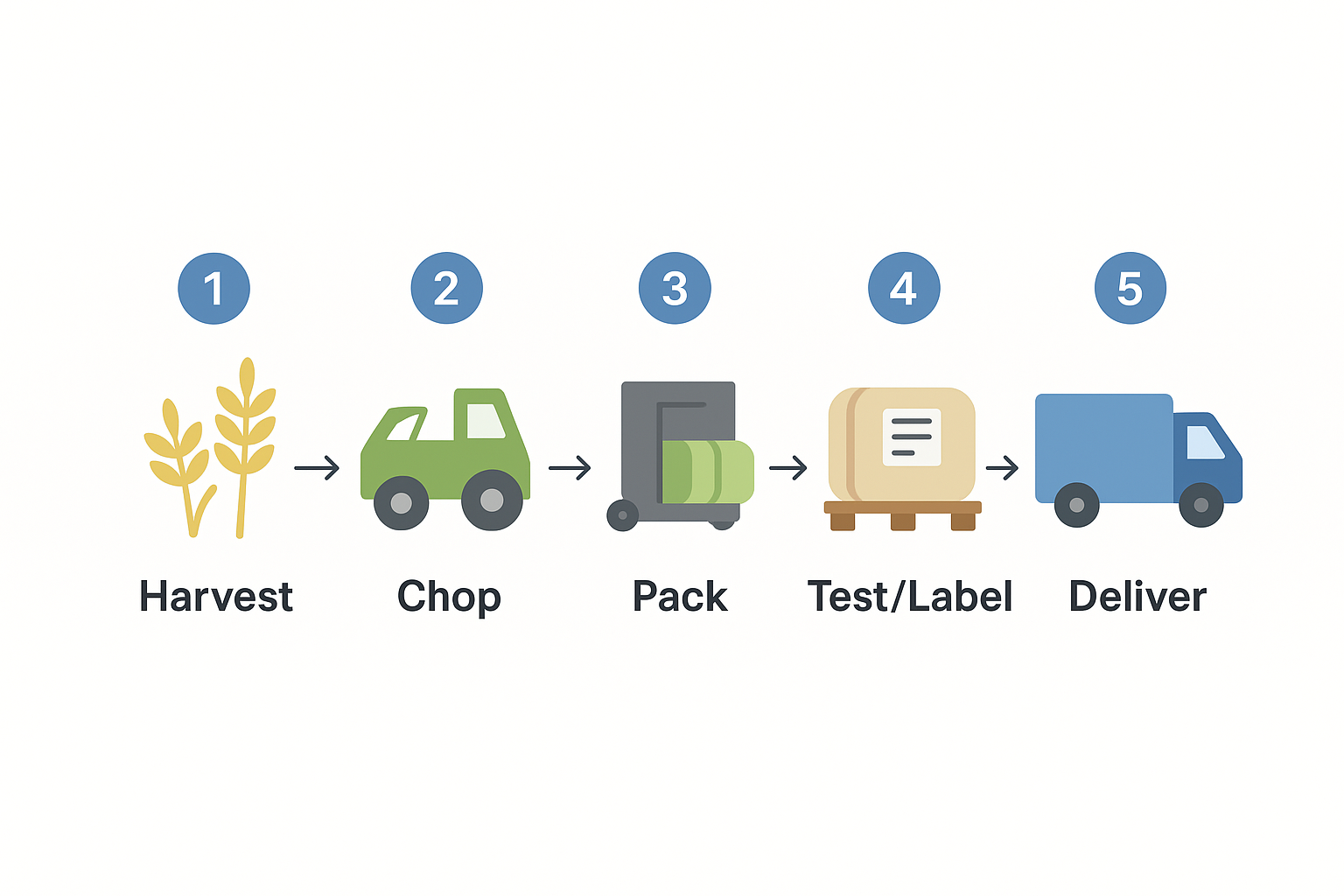
Because of rising straw costs, better local machinery, improved supply chains, and the clear nutritional and handling advantages of packed silage.
Punjab, Sindh and parts of Khyber Pakhtunkhwa grow maize, sorghum and grasses suitable for silage, depending on local season and irrigation.
Yes — residues can be mixed with green forage or additives and ensiled successfully, improving feed value and reducing waste.
Contact info@babalers.com or call 0313-2222527 for quotes, samples and delivery schedules.
